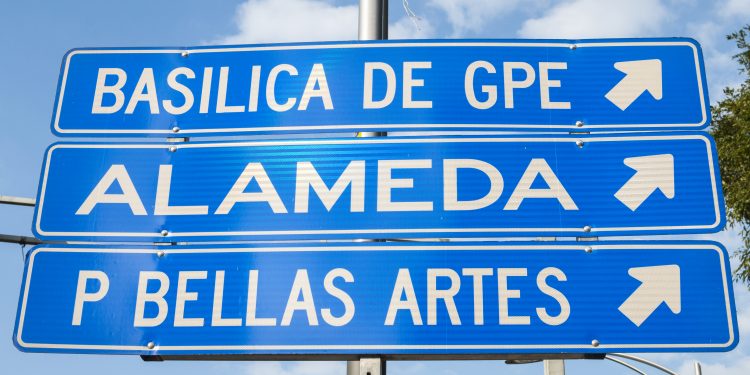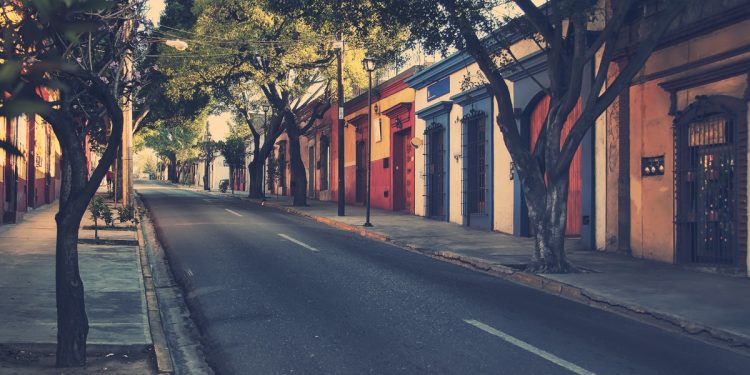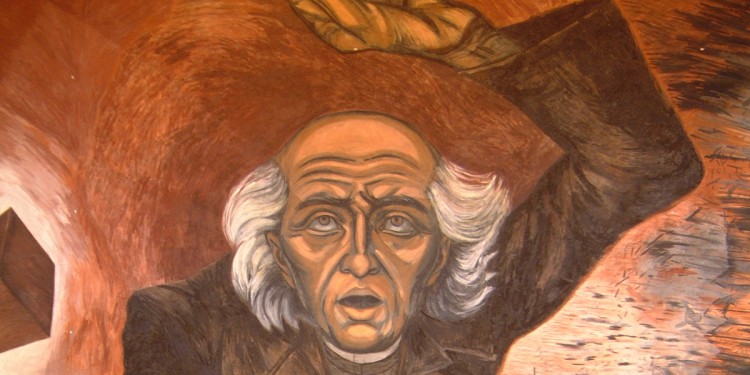There used to be a saying in Mexico: if you need to ask for directions ask two people, unless one is a policeman, in which case ask three. Even today, with many modern roads, bridges and bypasses putting a first-world stamp on major cities, Mexico still has some notorious signposting.
Out of the blue, signs will point you in the direction of Mexico City’s main wholesale market – the Central de Abastos – or tell you you’re headed towards the airport. True enough, but you could be 20 or more kilometers, and several turns, away from reaching your destination—and there will be no follow-up signs to help you after that.
In the capital, it’s easy enough to find signs telling you you’re going the right way to get to Xochimilco, but suddenly you are left to figure out for yourself that the signs pointing to Embarcaderos are what you now need to follow to reach the place where you can rent one of the flower-arched canal boats called trajineras.
With such a disarray of road signs, another option is to stop and ask for directions. This carries its own set of complications. First you need to find people who “look like they might know.” This subjective decision, often devoid of any real intuition, needs to be accompanied by the possibility of pulling over without prompting a barrage of abuse from the horns of cars behind you that will be kept waiting while you listen to the explanation.
Then there is the risk that your navigator of choice doesn’t really know, but would rather tell you “todo derecho” – keep going straight – than admit that they’re not quite sure, or appear to be unhelpful. You may get an inkling of this when someone points to a fork in the road ahead and announces “todo derecho.” If you’re the insistent sort, you might ask if they can be a little more specific, to which “derechito” might be the response. Here the diminutive doesn’t mean any less straight ahead, but stresses the simplicity of the original instruction.
Obviously not all requests for directions are frustrated in this way, and the best people to ask, in the absence of technology, are probably taxi drivers.
Of course, modern technology has transformed the ‘direction-asking-and-finding’ experience. A few years ago, you might have had the foresight to look up your destination on Google Maps, print out both a distant shot and a close up for when you get near to your destination, and navigate to your intended place of arrival that way.
Today, modern smartphones have GPS and cellphone-tower triangulation built-in: the new person to ask is the Google Map App who, through means of your phone’s wizardry, will tell you where you are: type-in (or tell it) where you want to go from here and it will point the way, or moreover speak directions to you in real-time if you want it to.
Other helpful articles
For additional insights about driving in Mexico, connect to these additional articles and resources here in Mexperience








So funny and so true! I am always amazed that no one seems to know how to get anywhere, even to the largest tourist attractions. And then there are those who can’t tell you they don’t know, so they send you on a wild goose chase. One of the many charms of Mexico!
This article made me break out in laughter. I’ve lived in Mexico for 16 years. As a single man, long ago, I drove throughout Mexico in an old beat up Pontiac station wagon. Now, as a long time married man I drive around with my Mexican wife in an old Chev. Suburban, the difference? very little. Still get lost, still bite on totally false information from the locals and have learned not to ask for directions to some far off place but to sneak up on it by asking people how to get to some pueplo near them which is en route to your final destination. GPS, don’t bet the farm on it, probably do just as good asking a policeman.
This is truly correct! In Mexico you need to ask ALWAYS THREE TIMES!! Not just for directions – for everything. THREE times! I have 4 years in Mexico now so I speak of experience.